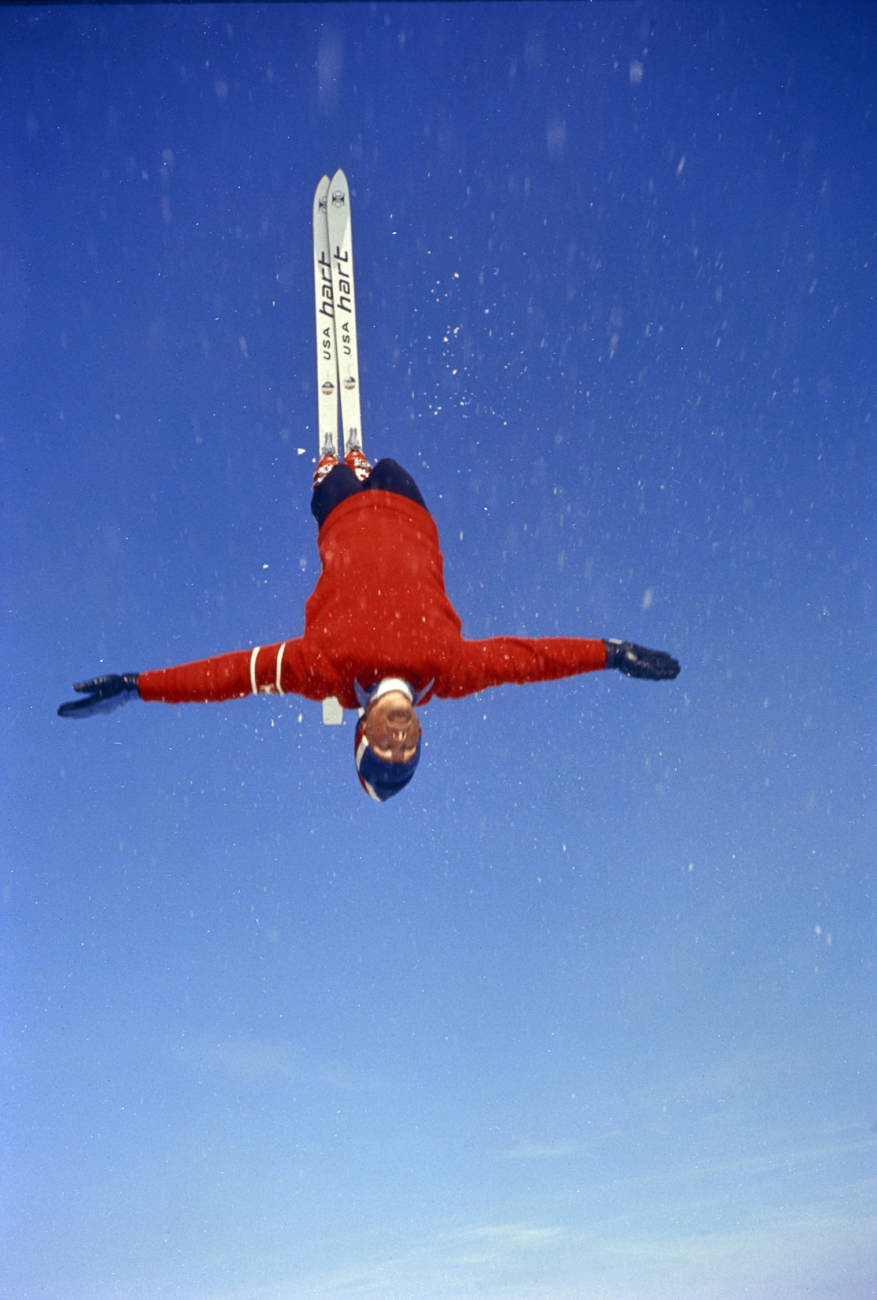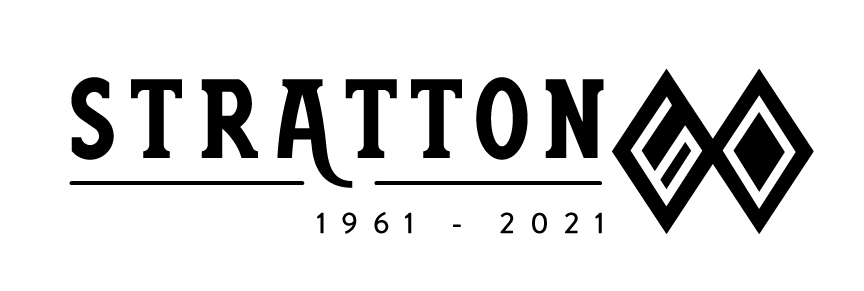
Long before Todd Richards and Shaun Palmer were McTwisting in a US Open halfpipe, Hermann Gollner and Stefan Schernthaner were mobius flipping on Suntanner, with thousands watching from outside the Base Lodge.
The roots of freestyle run deep here at Stratton where a third generation of skiers is now training in the Allegro program and its competitive Freestyle and Freeskiing branches. Former World Cup aerialist Tim Massucco has been at the helm for the last five years, following in the bootsteps of legendary Stratton coaches with whom he trained before making the US Ski Team.

Tim’s parents started him on skis before he could walk and he won the Gold Medal in his final Little Cub season. Graduating briefly to Big Cub, he looked for every opportunity to get air. He’d drop into the “Snowboard Only” park on what’s now East Byrnes Side, and was landing 720s by age 7. That’s when “Stevek” invited Tim to join his program. That’s Stephen Kenney, the “Piped Piper” of Allegro.
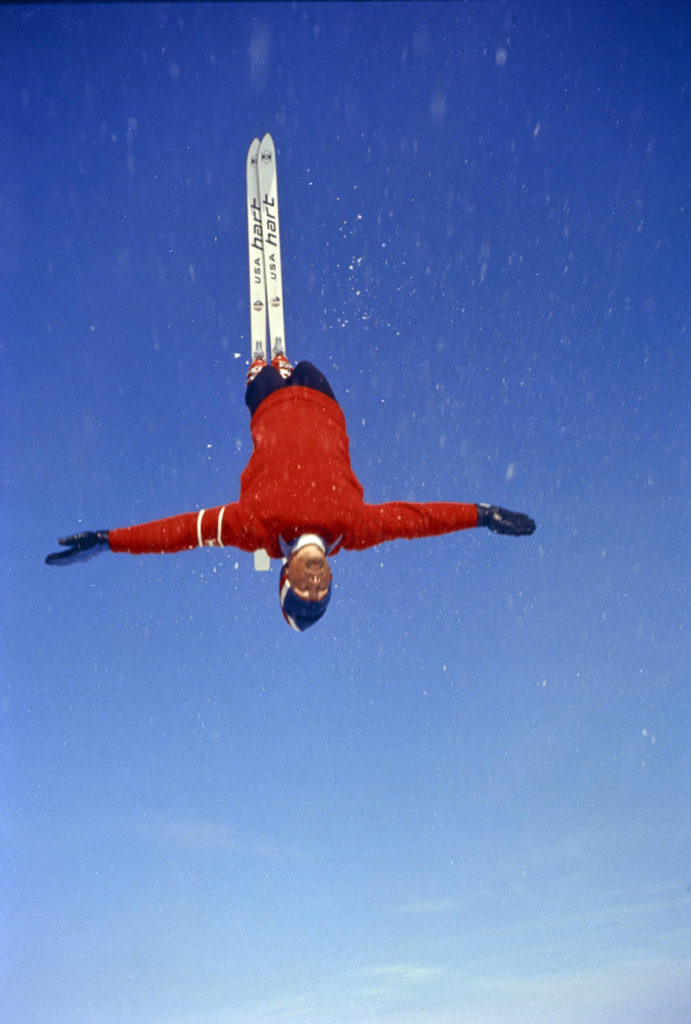
For Stevek, coaching was about connecting with and inspiring each skier at his or her own level, Tim recalls. And his generosity was legendary. “If someone’s skis broke, Stevek made sure they got new ones. He would give you the shirt off his back.” In fact, he bought Tim his first pair of ski boots. “We always rented. I was 15 and Stevek got me those yellow Rossi Course boots.”
Stevek was a technical delegate on the World Cup circuit and he’d always share the swag, letting kids have a turn wearing the logoed-out jacket. One day, Tim asked why he didn’t get a chance; Stevek replied, “You’ll have to earn yours.” And he did, soon hitting 20-foot walls at 55 mph going 65 feet in the air for a triple backflip. “Three on snow, four on water.”
While Stevek’s competitive career was average, he aced it when it came to leadership style and the culture he built. “He always talked to everyone and he listened. Remembered everyone’s name, and details of their last run. He really cared. You could always depend on him.
“And those are the values we uphold today,” Tim adds. “It’s all about the experience, and everyone having the best time. It’s about how you make someone feel.
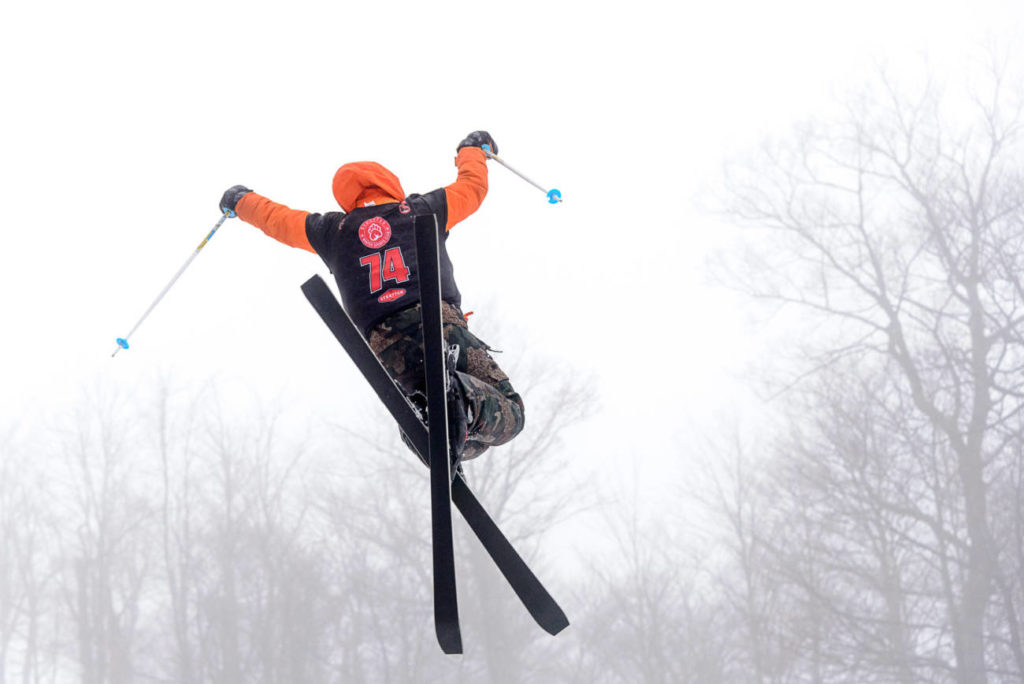
“I want as many kids as possible to have the amazing experience I was able to get.” Part of that experience is the Stevek Mogul Challenge, held each year including 2021 when it was virtually the only freestyle competition anywhere. “We run it like a World Cup event, with Olympic level judges, out of respect for Stevek and the gift he gave us.” For the kids, “it was skiing that gave them an outlet last season, and memories of the best part of that year.”
The longtime mogul contest on World Cup was renamed in honor of Stevek, who coached for 25 years helping raise legions of US Ski Team competitors, national champions and Olympians. Sadly, he passed away in 2003; that year Allegro skiers staged the first 21 jump salute in his honor to open the New Year’s Eve torchlight parade.
While sometimes referred to as “Stevek’s program,” he wasn’t the founder. That was Stefan Schernthaner who in 1973 brought the freestyle movement into Stratton Ski School. As reported in a 1974 Stratton news release, Stefan was “in the vanguard that moved freestyle skiing from novelty performances attended by thrill-seeking audiences into the spotlight of national sports world history. And freestyle has come on like gangbusters.”
Outside all day at age 3 on wooden skis made by his father, Stefan traces his hot-dogging roots to a 1964 newspaper photo he’d seen of Stein Ericksen upside down on skis. He immediately started somersaulting on snow. “It impressed the girls.”
Before coming to the US in 1968, Stefan had coached the Austrian women, including Annemarie Moser-Proll who held the all-time record of six World Cup championships until it was broken by Lindsey Vonn in 2015. Around here, he is probably best known as the leader of the Stratton Mountain Boys.
While continuing to coach racing, he was always trying new things. Front flips, back flips. And those geländesprungs, even competing in an early contest at Steamboat. “We made it up as we went along. If ski school said you had to ski on your downhill ski, we skied on our uphill ski. And we called it freestyle.”
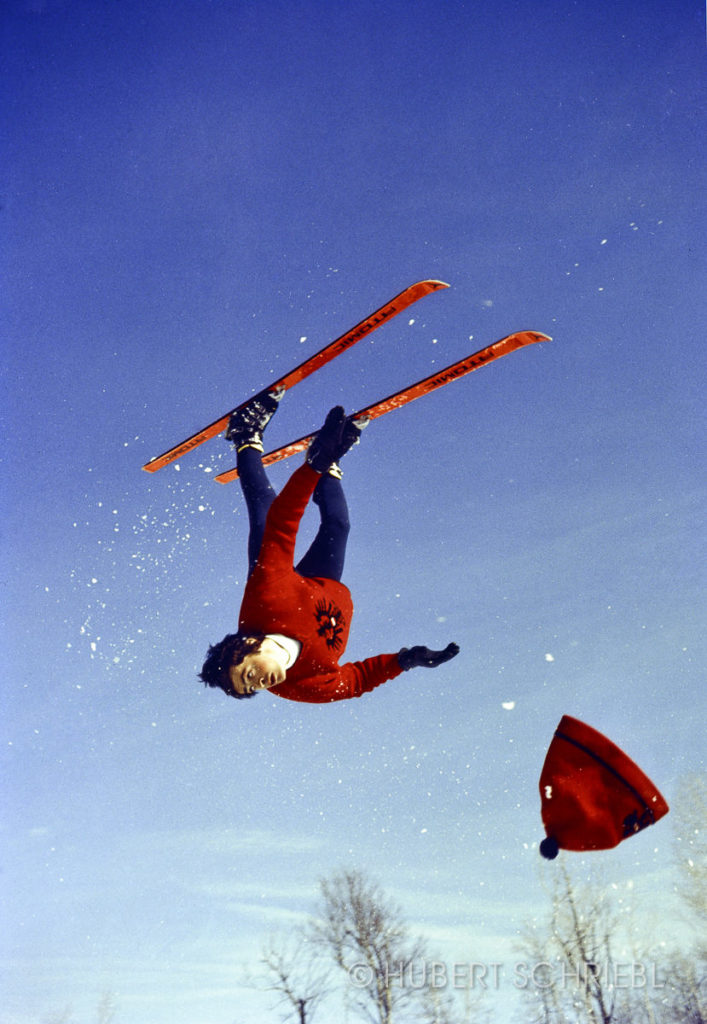
Narrowly missing a victory, and a 1971 Corvette Stingray plus $10,000 in cash, in the very first Chevy Freestyle Championships, he was determined to practice even harder. That next year, Jean-Claude Killy was the head judge; after seeing Stefan compete in aerials and ballet, with just moguls to go, the triple Olympic champion walked up and said, “I like the way you ski, I hope you win tomorrow.” Stefan remembers, “That was such an inspiration, I woke up and knew I would win. I never skied better in my life.”
Originating the flying royal christie as his finale over a 30-foot jump, he beat Wayne Wong at his home mountain of Waterville for the title and prize money. But in 1972, the car was a Chevy Vega. Station Wagon.
Stefan’s cutting-edge Stratton program quickly grew from a handful to hundreds. SKI Magazine featured more than 25 pairs of ballet, trick and mogul skis in its 1976 Buyer’s Guide and FIS officially recognized Freestyle in 1979.
By the early ‘80s, Stevek was on board. “He just knew how to work with the kids, to make them their best and to make them feel happy,” Stefan recalls. “He was the one for it.”
While the skis, technique and tricks continue to change, “the great thing about skiing is you can enjoy it forever,” Tim says as he looks forward to 2021-22. “It’s a lifetime sport. It’s making friends for a lifetime. I know I have.”
